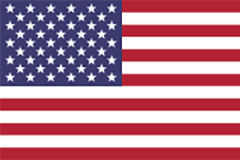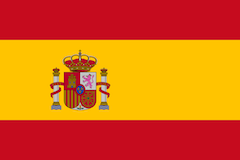It is difficult to overstate the value of cloth among the many ancient cultures of the Central Andes, which together created one of the most aesthetically accomplished and technically innovative textile traditions in the world. Artistically embellished cloth, always fabricated entirely by hand and usually made into garments, emerged by 4000 BCE on the Peruvian coast. By the time of the 15th-century Inca Empire, just before the Spanish conquest, elaborate textiles figured in many political, religious, and social events, serving as markers of status and wealth, esteemed gifts and exchange items, and precious offerings to the sacred forces that animated the ancient landscape. Given the number of lavish examples surviving from intervening periods, it is clear that textiles had similar importance throughout ancient history, although the absence of Indigenous writing systems obscures many details of meaning and use.
During the Spanish colonial period, Andean weavers continued to produce luxurious textiles that fused native and European traditions. Thereafter, Indigenous weaving declined in many regions for reasons rooted in the conquest, including a racially motivated regard for weaving as undesirable. But weaving and the Andean people who practice it persisted and survived, and since the 20th century weaving has undergone revival in several areas, though under dramatically changed circumstances.
Outstanding among the Menil Collection’s ancient Andean textiles is a large fragment created by artists of the Chimú, a people of Peru’s north coast who, after about 1000 CE, forged an empire that endured until the late 1400s, when the Inca incorporated it into their own imperial domain (fig. 1). The fragment comprises two painted panels, each with concentric rectangles that frame a central display of men identified as prisoners by their nudity and neck ropes. While two also have the disheveled hair typical of captives, others seem to wear the comma- or wave-shaped headgear (shown in frontal and profile views) that appears elsewhere in Chimú art, especially on fisherfolk (fig. 2). Scattered disembodied heads suggest the prisoners are on the verge of sacrifice, a known Chimú practice likely aimed in part at balancing the cosmic forces that controlled nature’s sometimes devastating whims. Working from the outermost edges, the borders contain additional prisoners, some still clothed; then S-shaped, serpent-like motifs; and, finally, small animals—in the right panel, perhaps rodents or foxes, and in the left, felines with bristling backs arranged in pairs around prisoners.










